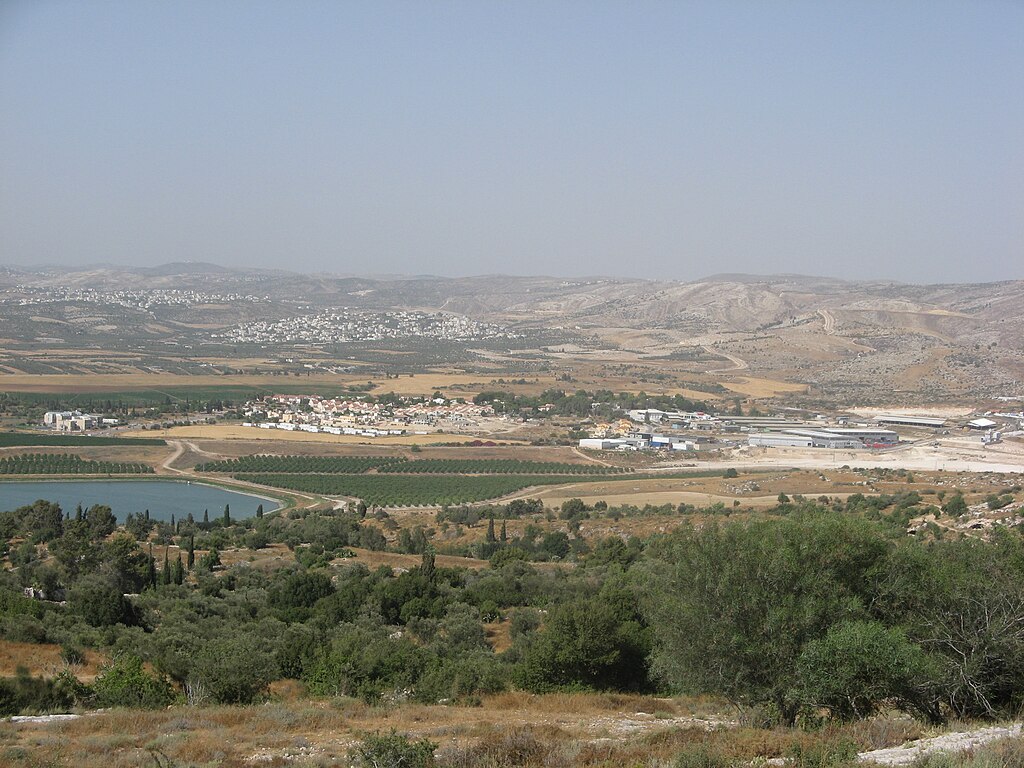Mevo Horon asutusalue on mainittu eilen jo Israelin palokatastrofia kuvaavissa uutisissa.Siihen suuntaan oli leviämässä liekit Nataf- nimisestä asutuksesta.
Mutta keskiyön uutisissa mainitaan myös, että tuli liikkuu Mevo Horoniin päin uhkaavasti alkaen Maale HaHamishan alueelta ja siellä on työssä paljon palokuntia ja 20 sammutuslentokonetta.
minkälainen paikakkunta on Mevo Horon? Mevo tarkoitaa porttia ja Hooron on myös jokin hebrealainen sana. Beit Hooron on Joosuan aikaisia kaupunkeja ja nimi on arkeologisesti vahvistettu. Olin kibbutsissa töissä 1967 ja silloin metsä päättyi Israelin rajaan ja rajasta alkoi raudan punerv ( pink) puuton vuorialue jossa ei ollut elonmerkkiä näkyvissä. Sillä alueella on tämä Beit Horon. ja Mevo Hooron versonut hiekasta. Kuvassa on jotain vettäkin.

https://en.wikipedia.org/wiki/Mevo_Horon
Mevo Horon (Hebrew: מְבוֹא חוֹרוֹן, lit. Horon Gateway) is an Israeli settlement and religious moshav shitufi in the West Bank. Located near Latrun and Modi'in, it falls under the jurisdiction of Mateh Binyamin Regional Council. In 2015 it had a population of 2,517.
The international community considers Israeli settlements in the West Bank illegal under international law, but the Israeli government disputes this.[2]

History
The village was established in 1970 by members of the Ezra youth movement and was the first village in the Mateh Binyamin council area. It moved to present site in 1974.[3] It is named after the biblical Beit Horon (Joshua 10:10), which was located near the modern Israeli village and settlement of Beit Horon.Some Palestinians managed to return to the area after their expulsion from the villages of Yalo, Imwas and Bayt Nuba on whose lands the moshav was established, and managed to gain employment as farm hands at Mevo Horon in the 1980s. During the early stages of the Al Aqsa Intifada, when the main checkpoint into Israel was moved several kilometers east of Mevo Horon and further into the West Bank, the moshav made arrangements to pick up these workers at the new checkpoint, though since they lacked Israeli work permits, difficulties arose.[4]
Inga kommentarer:
Skicka en kommentar